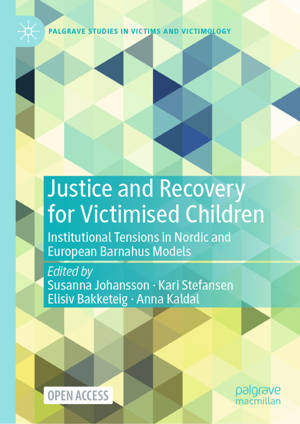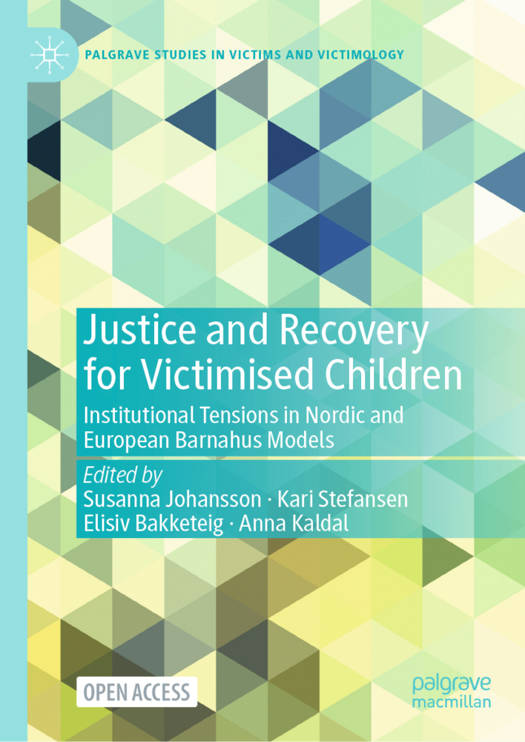
- Retrait gratuit dans votre magasin Club
- 7.000.000 titres dans notre catalogue
- Payer en toute sécurité
- Toujours un magasin près de chez vous
- Retrait gratuit dans votre magasin Club
- 7.000.0000 titres dans notre catalogue
- Payer en toute sécurité
- Toujours un magasin près de chez vous
Justice and Recovery for Victimised Children
Institutional Tensions in Nordic and European Barnahus Models
Description
This open access book contributes to ongoing discussions about how societies should respond to children who have experienced violence and abuse by delving into the Barnahus model: a multidisciplinary and co-located model whose aim is to provide both justice and recovery to victimised children. The promising model was first implemented in the Nordic region and is currently being diffused across Europe, although scientific knowledge about the model remains scarce: the Barnahus model's potential for delivering holistic services, the various tensions and dilemmas involved in the model, and how dual mandate of Barnahus can be managed all require further research. Continuing from the volume Collaborating Against Child Abuse (2017) which examined the process of Barnahus' diffusion in the Nordic countries, the current book digs deeper into the intrinsic institutional tensions of the model, as well as those that might arise during collaboration, in order to advance our understanding of what can be achieved through the model and thus improve the situation of child victims of violence and abuse. An institutional perspective is used in the book which is structured in four parts. The first three parts explore different types of institutional tensions -legal, organisational, and professional-ethical, while the fourth focuses on how these tensions may be balanced. The book's authors chart this new phase in the diffusion and translation of the Barnahus model. Their analyses will provide valuable guidance to countries that are currently considering or are already implementing the model.
Spécifications
Parties prenantes
- Editeur:
Contenu
- Nombre de pages :
- 288
- Langue:
- Anglais
- Collection :
Caractéristiques
- EAN:
- 9783031532320
- Date de parution :
- 14-05-24
- Format:
- Livre relié
- Format numérique:
- Genaaid
- Dimensions :
- 148 mm x 210 mm
- Poids :
- 517 g

Les avis
Nous publions uniquement les avis qui respectent les conditions requises. Consultez nos conditions pour les avis.





